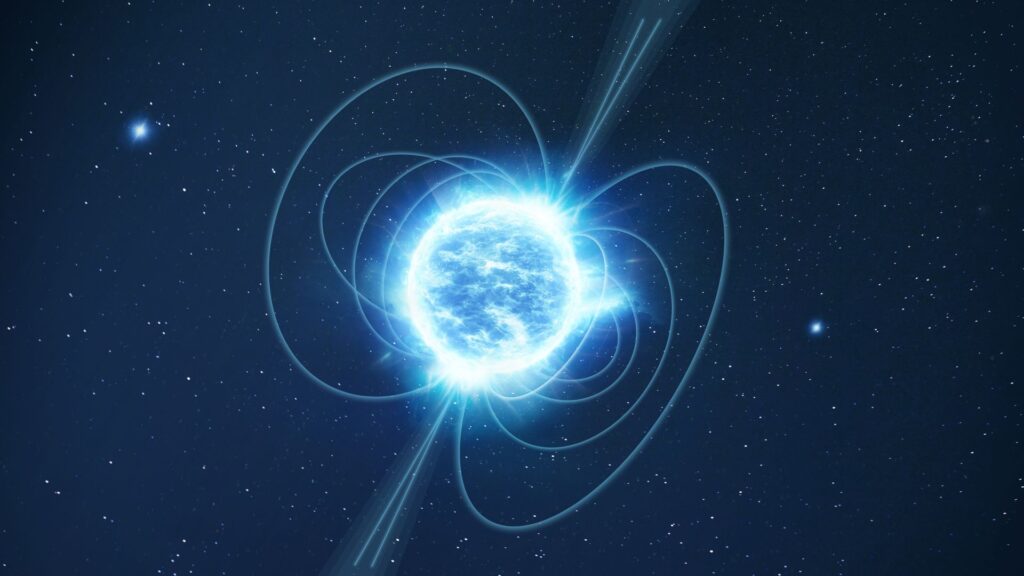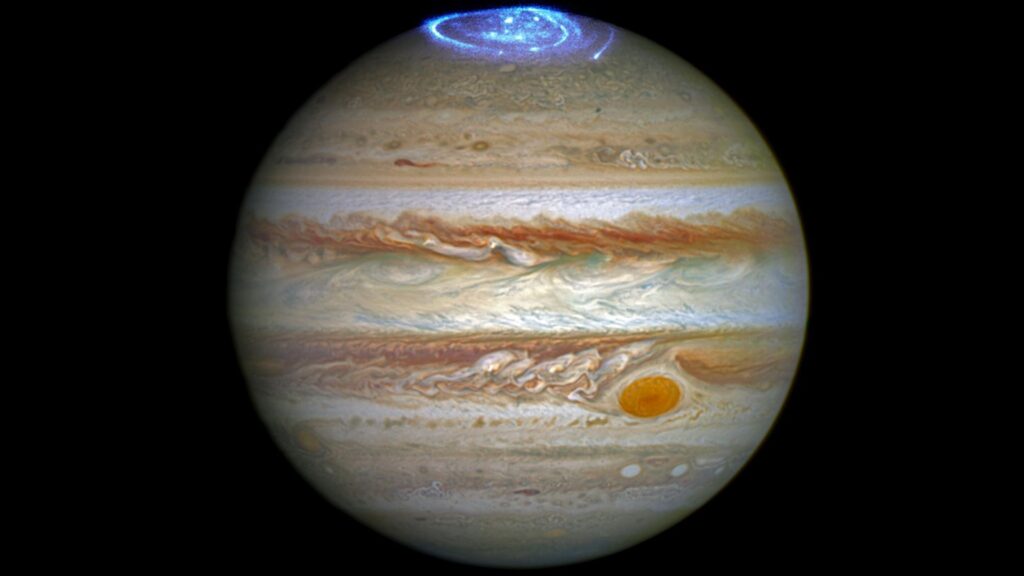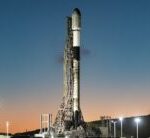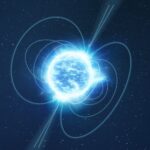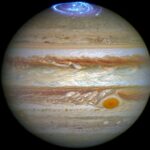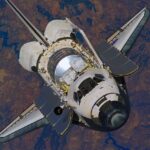Now Reading: Europe’s Proba-3 satellites ace landmark formation-flying test (video)
-
01
Europe’s Proba-3 satellites ace landmark formation-flying test (video)
Europe’s Proba-3 satellites ace landmark formation-flying test (video)
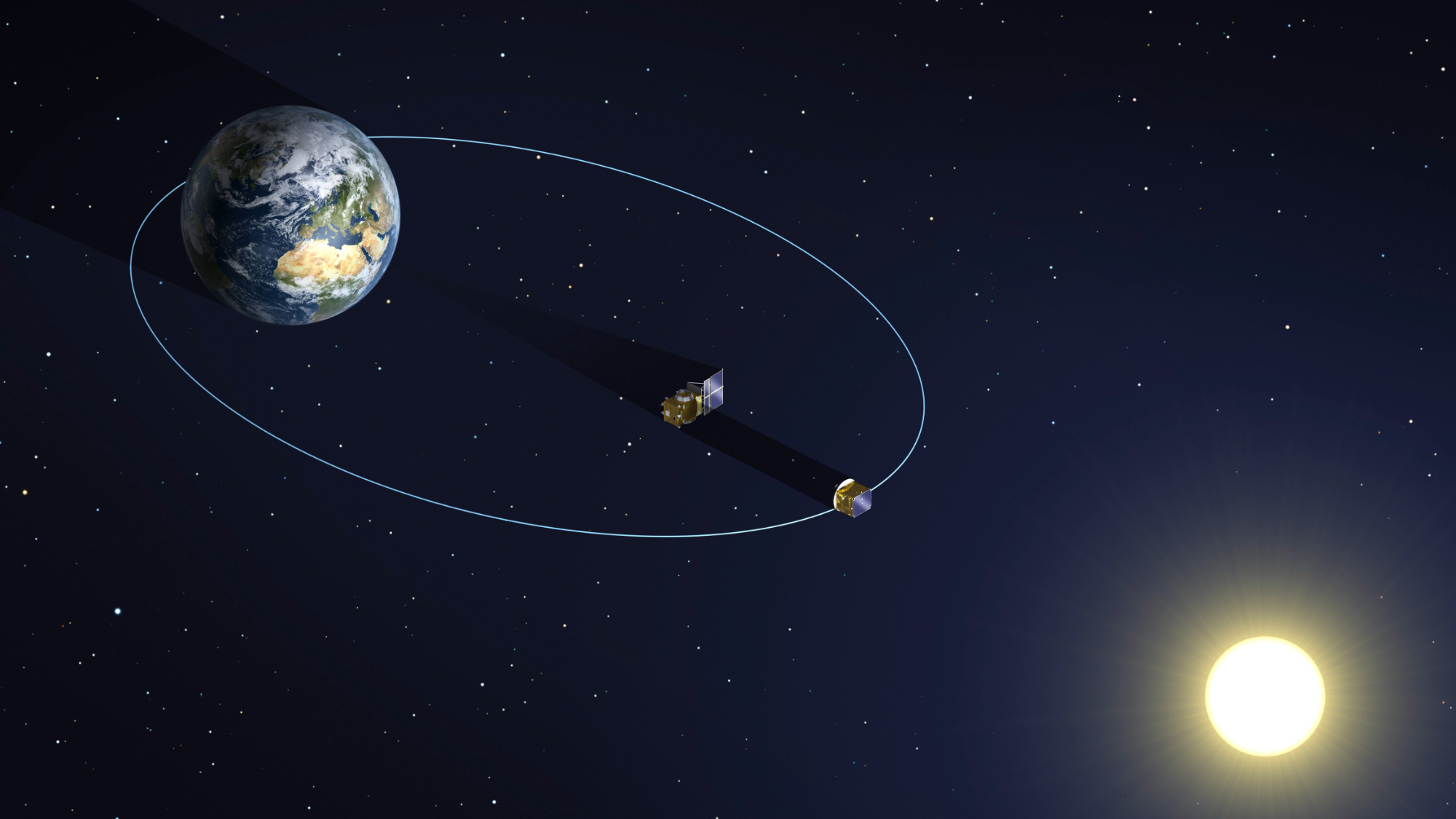
A pair of spacecraft have demonstrated ultra-precise formation flying in orbit for the first time, marking a milestone with major implications for both science and future space missions.
The European Space Agency‘s (ESA) Proba-3 mission, consisting of two spacecraft called the Occulter and the Coronagraph, flew in perfect formation at a distance of 150 meters (492 feet) from each other with millimeter precision, the agency announced in a May 8 statement.
The pair autonomously maintained their relative position for several hours thanks to a series of sensors, including the Fine Lateral and Longitudinal Sensor (FLLS) laser instrument, a shadow position sensor, and camera-based systems, in combination with onboard software and small cold gas thrusters.
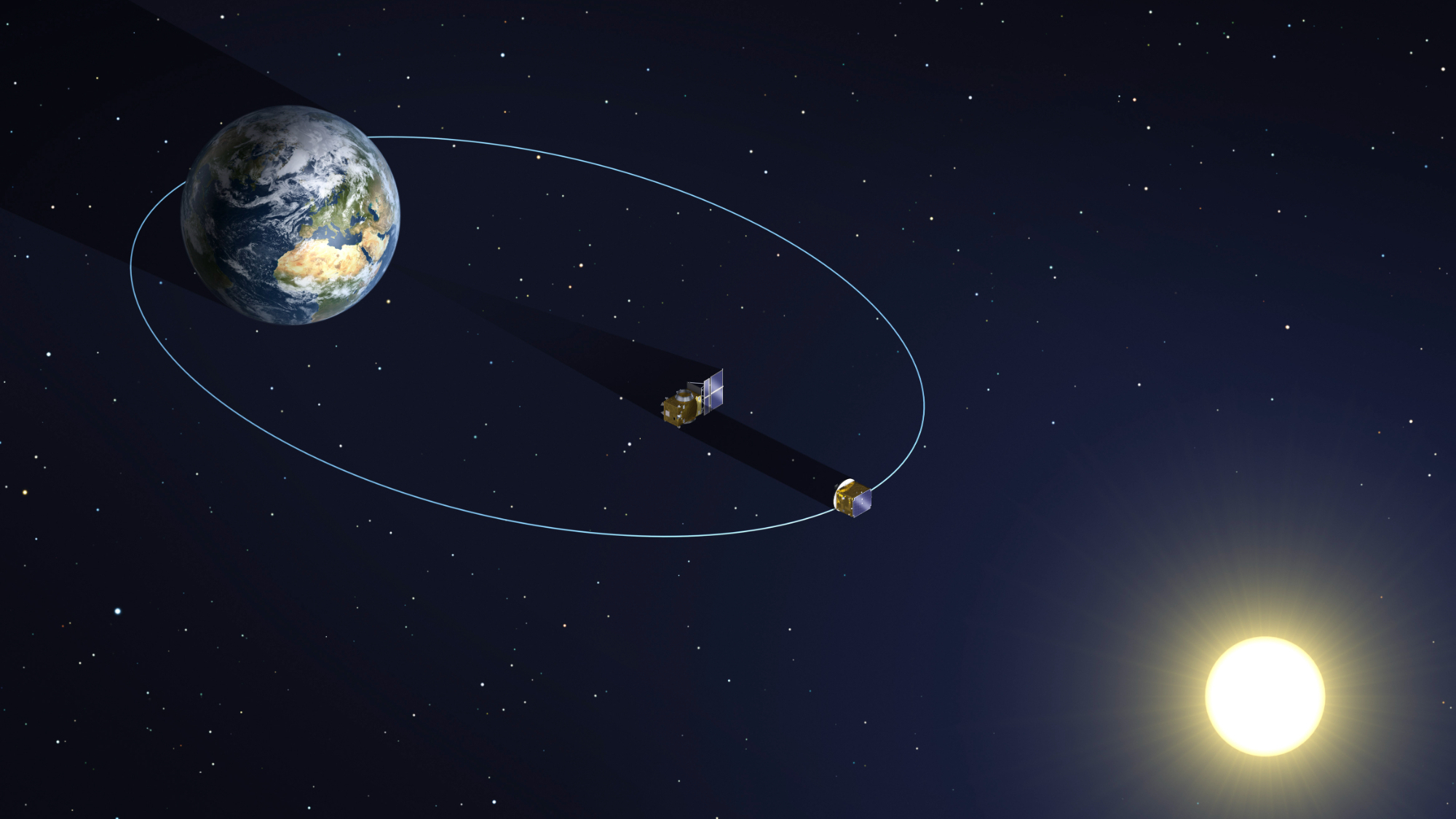
“We are talking about millimetric accuracy in range, and sub-millimetric in the lateral position,” Damien Galano, Proba-3 project manager, said in the ESA statement.
The successful test paves the way for the spacecraft to carry out their science objective: using the Occulter to block the sun to create a total solar eclipse and allow the Coronagraph to study the sun in this unique state only occasionally seen from Earth.
Scientists aim to use these artificial eclipses to unravel a number of mysteries, such as why the sun’s corona, or outer atmosphere, is so hot, what accelerates the solar wind, and how the sun flings material out into space during coronal mass ejections.
But the breakthrough in demonstrating such exquisite levels of formation flying may well have bigger implications for future science and space applications beyond studying the sun. The precision formation technology could be used for enhancing Earth observation, docking spacecraft, using an occulter and observatory to search for exoplanets, and space-based gravitational wave detection.
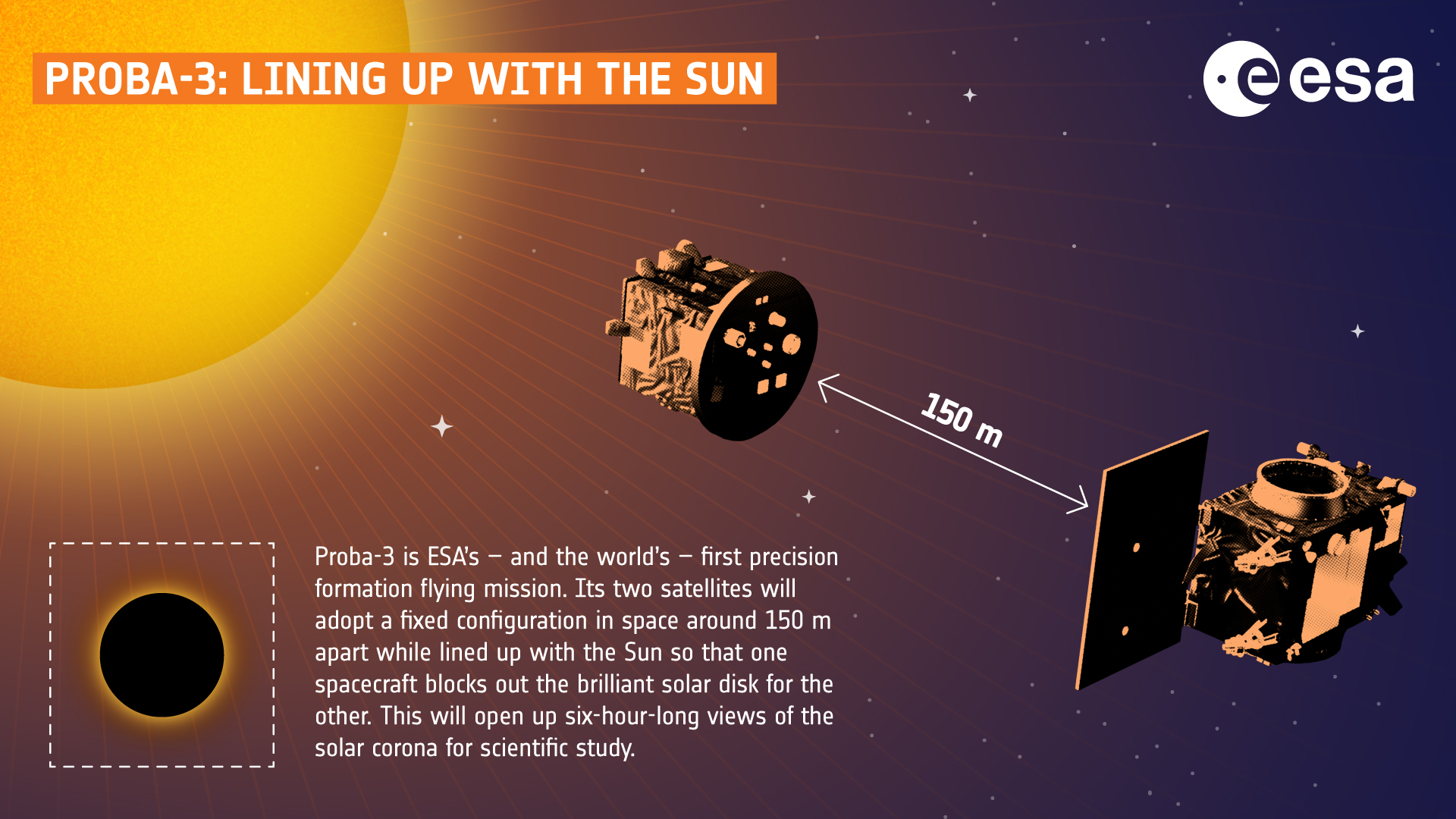
Related stories
The two Proba-3 spacecraft were launched by an Indian PSLV rocket in December into a highly elliptical orbit, which takes them as close as 373 miles (600 kilometers) to Earth and as distant as 37,612 miles (60,530 km). The pair form up as they move toward their farthest point from Earth, when the effects of Earth’s gravitational pull is smaller, meaning formation flying can be maintained with very little propellant.
Next, the challenge will be getting the spacecraft’s payloads ready and then aligning the pair with the sun to create total solar eclipses.
“We can’t wait to see the completion of the instrument calibration and the first processed image of the sun’s corona,” Galano said.
Stay Informed With the Latest & Most Important News
Previous Post
Next Post
-
 012024 in Review: Highlights from NASA in Silicon Valley
012024 in Review: Highlights from NASA in Silicon Valley -
 02Panasonic Leica Summilux DG 15mm f/1.7 ASPH review
02Panasonic Leica Summilux DG 15mm f/1.7 ASPH review -
 03How New NASA, India Earth Satellite NISAR Will See Earth
03How New NASA, India Earth Satellite NISAR Will See Earth -
 04And Thus Begins A New Year For Life On Earth
04And Thus Begins A New Year For Life On Earth -
 05Astronomy Activation Ambassadors: A New Era
05Astronomy Activation Ambassadors: A New Era -
06SpaceX launch surge helps set new global launch record in 2024
-
 07Space Force plans new ‘Futures Command’ amid pressure to speed up modernization
07Space Force plans new ‘Futures Command’ amid pressure to speed up modernization












